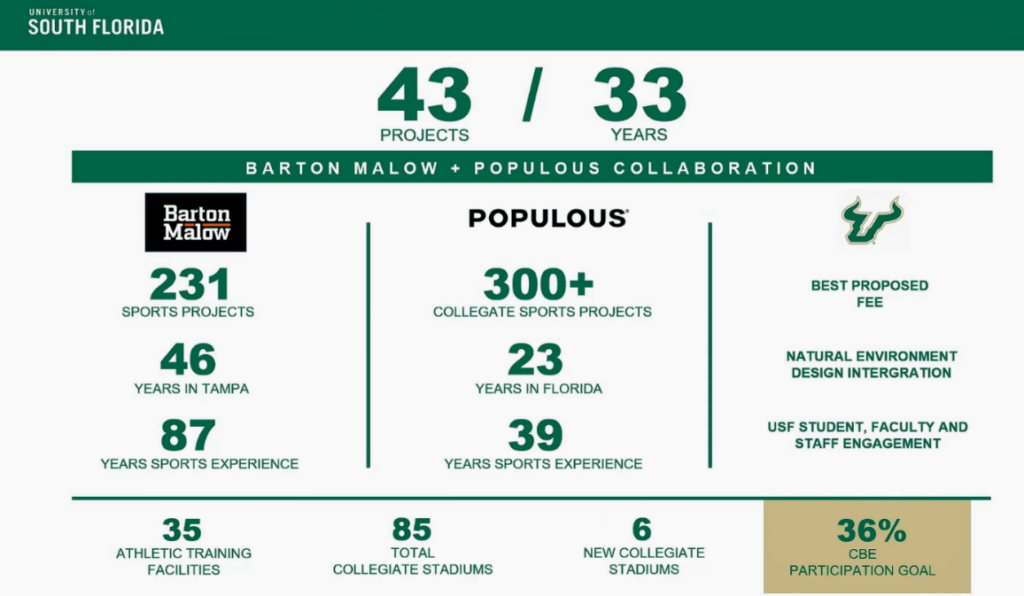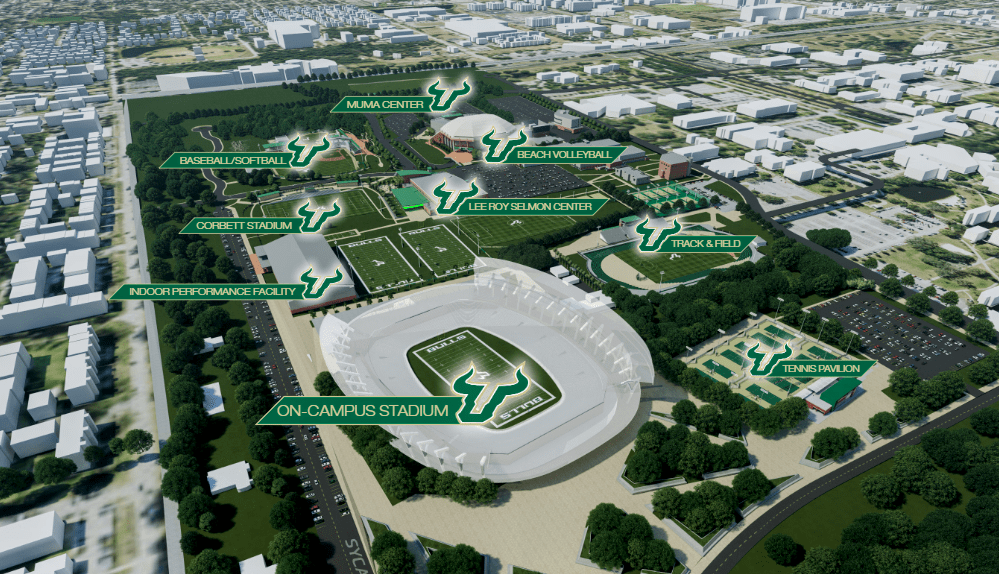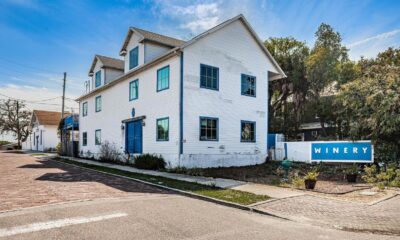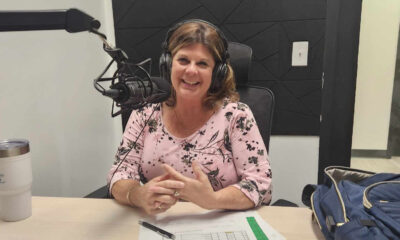Know
USF makes stadium design-build selection

Citing a wealth of combined experience, University of South Florida administrators announced the selection of Barton Malow and Populous for final negotiations to design and build a long-awaited on-campus stadium.
Jay Stroman, senior vice president of advancement and alumni affairs, and Michael Kelly, vice president of athletics, made the announcement at Tuesday’s board of trustees meeting on the St. Petersburg campus. Founded in 1924 and headquartered in Michigan, Barton Malow is a construction company that built or renovated over 225 sports projects nationwide.
Barton Malow has operated a Tampa office for 46 years, and Stroman noted its experience with other premier college football facilities – such as Notre Dame Stadium and “The Big House” at the University of Michigan. Populous is a Missouri-based firm that has designed over 3,000 sports-related developments. The two companies have collaborated on 43 projects over the last 33 years, including Penn State University’s expansive Beaver Stadium.
“So, we know this team, we know this team can do it,” said Stroman. “They assembled an ‘A plus’ team on both sides of the house, which was really important to us.”
The firm’s commitment to hiring minority-owned subcontractors was also a deciding factor, and Stroman reiterated the university’s dedication to increasing equity and diversity in all new projects.
He said the design-build team also offered the best-proposed fee of the three finalists. Those included Hunt Construction and M.A. Mortenson. Hunt had the most local ties, helping build Raymond James Stadium, Tropicana Field and the Ice Palace, now known as Amalie Arena.

A USF graphic showing highlights of the stadium design-build team. Screengrab.
Other key features of the Barton Malow and Populous collaboration, explained Stroman, were its natural environment design integration and USF student, faculty and staff and engagement – from several perspectives.
“But one really important one is, could our students start at the beginning of the process and learn and be a part of the process,” added Stroman. “Not only with their input but actually serving and learning.”
The university will now enter final negotiations with the design-build team, and Stroman said he expects to come back before the board of trustees (BOT) in two or three weeks “with a price” and a request to move forward. He said that officials are close to finalizing a deal and expect to open the stadium in time for the 2026 football season.
BOT Chair Will Weatherford noted he pushed the stadium committee to be aggressive with its timeline but was still surprised that they completed the intention to award so quickly.
“Everybody is putting their best foot forward,” he said. “Both in quality and thoughtfulness, but also working with speed – it just has been really impressive.”
Weatherford also relayed that the College Football Playoff management committee announced Friday its intention to expand from four teams to 12 by 2026, which “evens the playing field for a lot of conferences.” He added that having an on-campus stadium in place would help USF reposition itself in the rapidly changing collegiate athletics landscape.
Stroman said university officials envision finding year-round uses for the stadium, which Weatherford noted would be smaller than Raymond James but larger than Amalie Arena. While anecdotal, he said there is a gap in the entertainment market for those mid-sized venues.

A rendering showing a revamped athletic district. Courtesy of USF Athletics.
Despite having other high-profile positions at the university, Stroman said that not a day went by where he and Kelly did not devote time to the stadium process.
“It’s that important to the university,” he said. “We think it’s that transformative.”
The presentation followed Kelly unveiling new renderings, a facilities master plan and an athletics strategic plan on Sept. 1 that outlined additions and enhancements for a revamped athletics district. The new stadium will occupy the Sycamore Fields on the east side of the Tampa campus, next to a $22 million indoor practice facility that will open this fall.








David Durinzi
December 17, 2022at5:34 pm
Build a football stadium for football. Start over and build a football field that makes the team better. And build tailgate parking around the stadium, look at the other successful programs and see what works. Get it out of you head you know better, you don’t. Scrape what you’ve done before wasting more money on a design by committee.
David Durinzi
December 17, 2022at4:03 pm
Design stinks. USF needs a snake pit not a dinner plate. Coming from PSU I know what a noisy fan base can do to opponents. This design does nothing to intimidate, re-think what you’re doing.